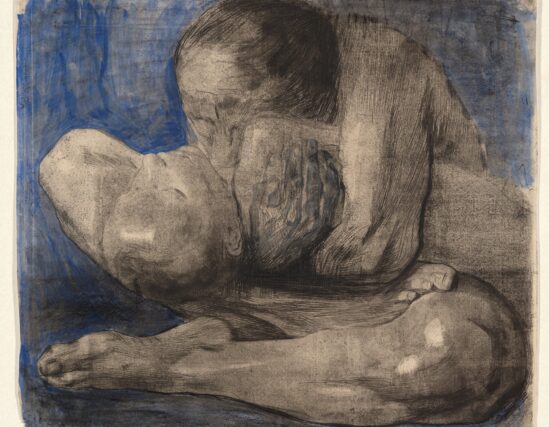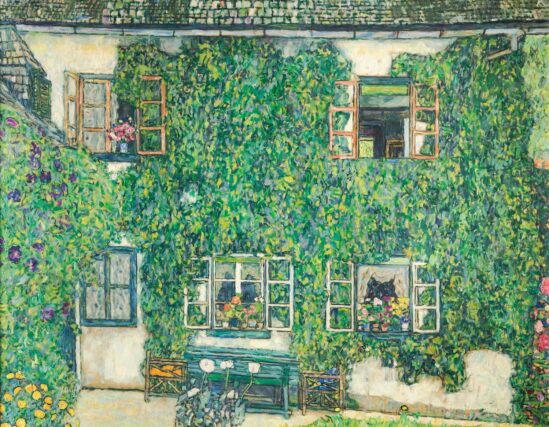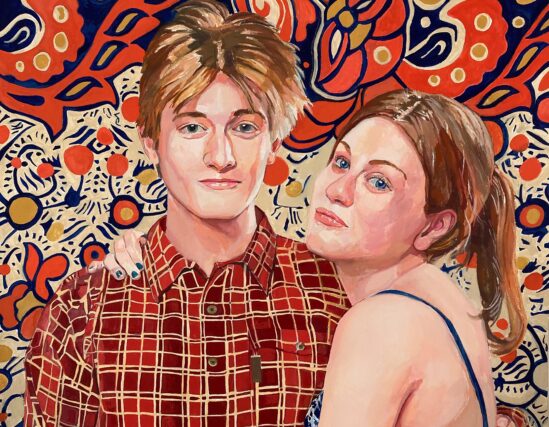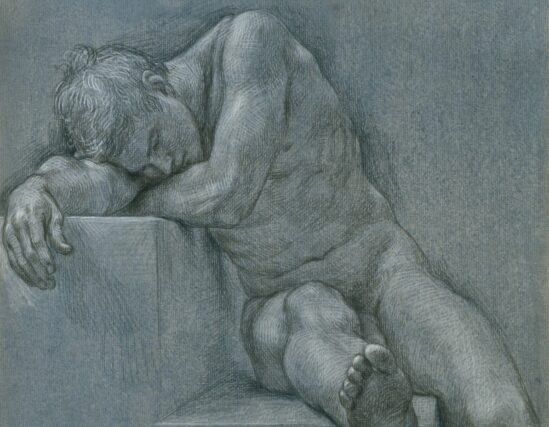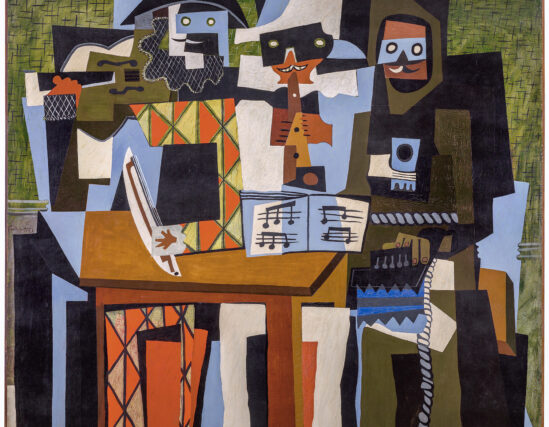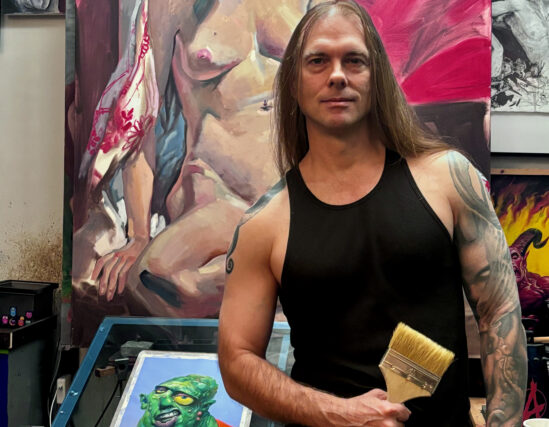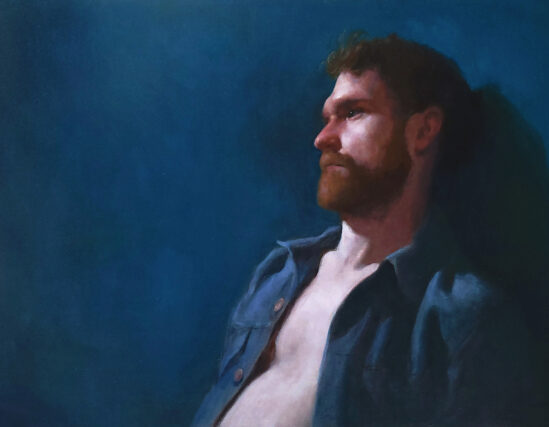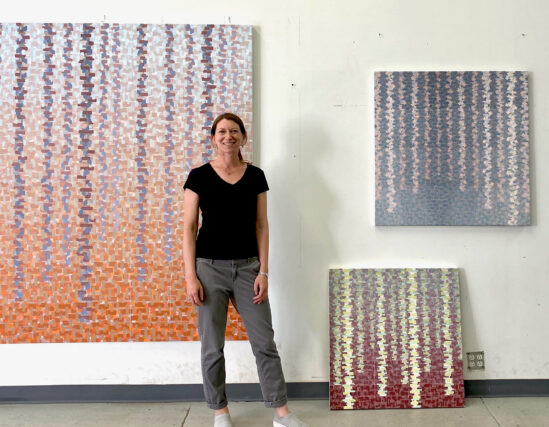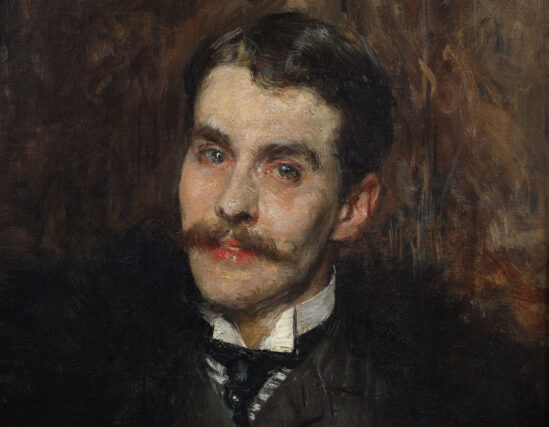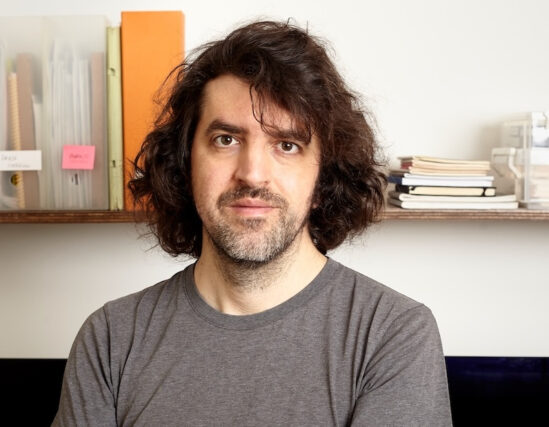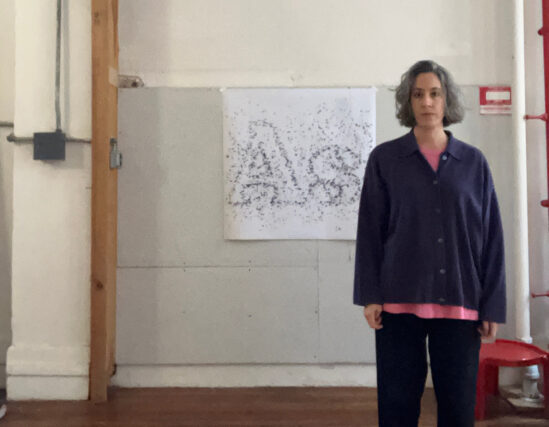There are 120 drawings, prints, and sculptures in MoMA’s Käthe Kollwitz exhibition, and every piece feels essential.
Neue Galerie New York offers a snapshot of one of the early twentieth century’s great landscape painters.
An new solo exhibition at First Street Gallery reveals how Michele Liebler leaned into introspection during the COVID lockdown to re-imagine kinship as the cradle of bonds and intimacy.
What’s the correlation between the private and public work of Paul Cadmus?
The alchemy that produced both shattered forms and those made whole in this exhibition happened on summer vacation, in a garage.
At age two, I saw my father’s surgical atlases on the floor. They made a deep impression on me visually.
I think art can tell more about the artist than they want to share.
At the League
The Art Students League’s 2023 Grant & Scholarship Recipients
December 21, 2023 0
1065
A gallery of sixty award-winning submissions.
I often think that freedom is the final and most elusive ingredient in making art. When you shake off the outer voices as well as the self-imposed rules, and listen only to the work you’re making.
The selections in An Artist’s Eye: The Lukas Charles Collection don’t read as a manifesto for a particular ideology, but rather as something eclectic, a sampling of individual artists working within academic conventions.
Every project is guided by different questions, but generally they are connected with understanding and visualizing how power and oppression operate in our society.
It’s OK not to always be visible. Your work also doesn’t need to be easily understood. Also, don’t take rejection too deeply. And the reverse–don’t take being chosen too deeply either.


